Plecos are quite common in many fish tanks, but most people don’t know the first thing about caring for them. Do you need to feed a pleco, or can they survive just by eating algae?
Plecos are omnivores that need a varied diet of fruits, veggies, and meats. They may be able to survive on algae alone, but it’s never healthy for them and something you should never subject them to.
Just like any other fish, plecos need individualized care and feeding.
Read on to see why you need to feed your plecos. I’m also going to give you an in-depth look at what I feed my plecos to help you as a beginner!
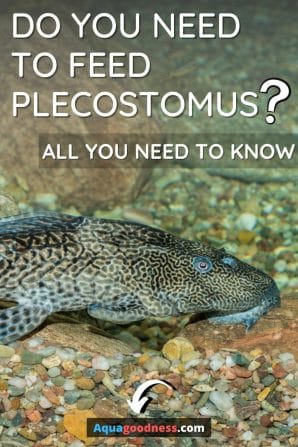
Table of Contents
Why Plecos Can’t Live on Just Algae
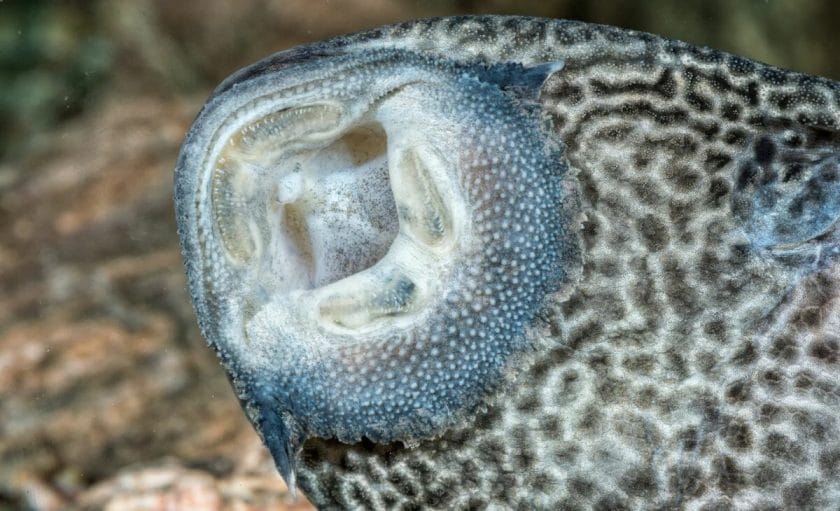
It’s important to establish upfront that plecos in a captive environment cannot live on just algae. Performing a quick Google search yields mixed results on this topic, with many websites claiming that plecos can and do live on solely algae.
The important distinction in this claim is that plecos living in the wild can find sustenance on a diet consisting mainly of algae because they have access to a much larger area filled with plentiful algae.
Plecos in a tank environment do not have access to enough algae to meet their nutritional needs, which is why it’s imperative to their survival and well-being that you feed them regularly, just as you would with any other fish.
As such, it’s important that you don’t introduce plecos to exclusively serve as cleaner fish, especially in an algae bloom.
While they can help keep your tank tidy, they will not address the root cause of the algae (overfeeding, excess light, lack of water movement, chemical imbalance) and shouldn’t be introduced for that purpose.
In fact, all species of plecos will not eat black beard algae or hair algae, two of the most common (and nastiest) types of algae that beginners often struggle with.
It’s always better to do some research and find the underlying cause instead of introducing new fish.
If you want your plecos to thrive, then you need to feed them a varied, nutritionally-rich diet. Doing otherwise is a disservice to your aquarium inhabitants.
What to Feed Your Plecos
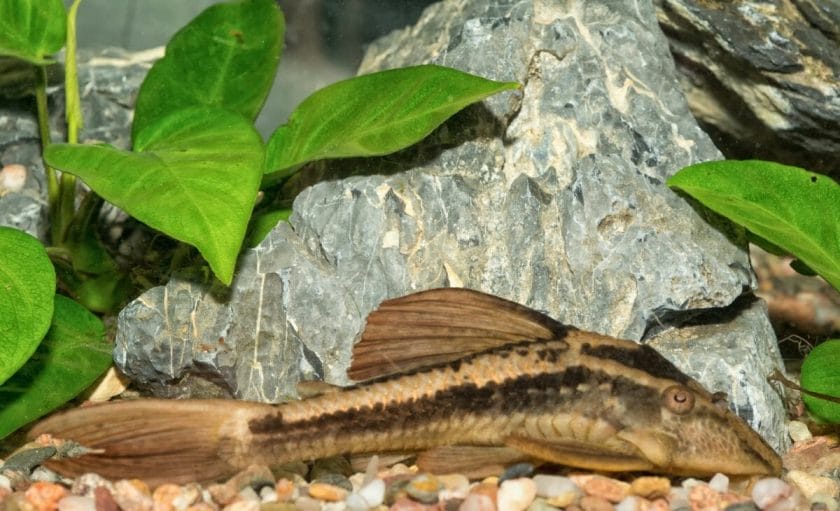
There are a number of great options you can consider to feed your plecos a varied diet, including meats, frozen foods, raw foods, wafers, and, occasionally, some tasty veggies!
Different species of pleco have different dietary preferences.
Some are carnivores, while others are herbivores; still, others are wood-eating or omnivorous. Do some research to discern the dietary preferences of your pleco species for the best results.
Personally, I recommend specifically feeding your plecos twice per week; doing so helps to meet your plecos’ nutritional needs. Of course, take this advice with a grain of salt. Every tank is different, depending on its size and how stocked it is.
Fish Food For Plecos
Different species of plecos require different diets, whether carnivorous, omnivorous, or herbivorous.
Here are some great feeding options I recommend for your plecos:
- Hikari Algae Wafers
- Frozen foods
- Earthworms
- Brine shrimp
- Raw vegetables like cucumber or zucchini
- Bloodworms
Keep in mind that some of these foods, like the algae wafers and veggies, will generally be ignored by other fish, while the plecos will love to chomp down on them.
Other foods like bloodworms and brine shrimp will be a free-for-all, meaning that your plecos won’t get as much. Keep this in mind as you schedule your feeding.
Feeding Driftwood
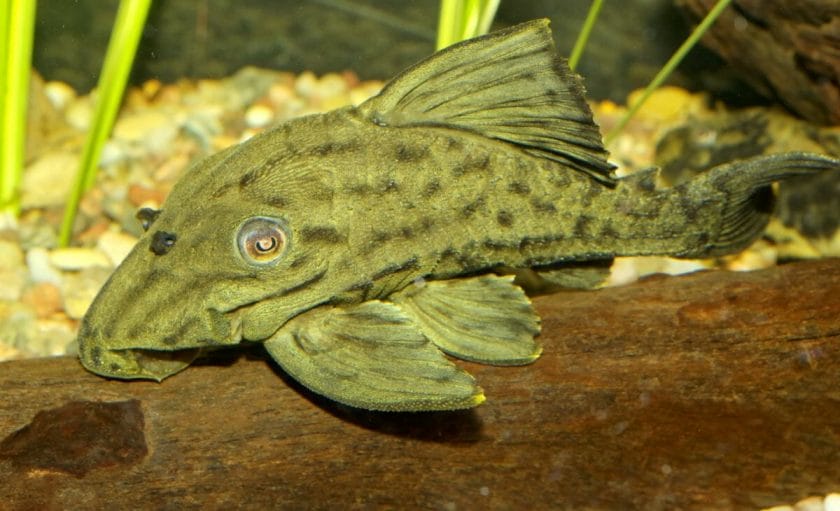
Driftwood is an essential addition to your tank for many species of plecos and serves as a crucial part of the pleco diet in the wild, something that you should seek to emulate in the tank environment. It’s important to note that driftwood is essential for most plecos, but not all plecos need driftwood.
Not only does it provide crucial lignin, cellulose, and other essential fibers that plecos need, but it also creates a natural place for them to hide, making the tank environment more pleasant for them.
Driftwood also tends to accumulate a layer of biofilm, an accumulation of small organisms that manifests as a slimy film. Don’t worry! These are harmless (they’re actually indicative of good tank health!) and make an excellent food source for your plecos.
Lastly, driftwood is also excellent for aquarium plants like java fern, java moss, and Anubias (all great beginner plants, by the way), allowing you to add some life and color to your tank, as well as helping to oxygenate the water column.
How to Feed Your Plecos

It’s important to find balance in your feeding schedule. Too much food can cause ammonia spikes, while too little can lead to nutrient deficiency in your fish.
Evaluate how much leftover food you have after feeding time; it should be gone within an hour or two. If it’s not, remove it with a net and reduce the amount you feed the tank.
If, while feeding, you notice that your plecos aren’t getting enough food because the other fish are eating it too quickly, consider increasing the amount of food you give to your tank or adding different bottom-feeder-specific foods like algae wafers that other fish won’t bother with as much.
I find that most beginners struggle with feeding their fish too much, something that you may want to watch out for if you struggle with ammonia spikes regularly.
FAQs
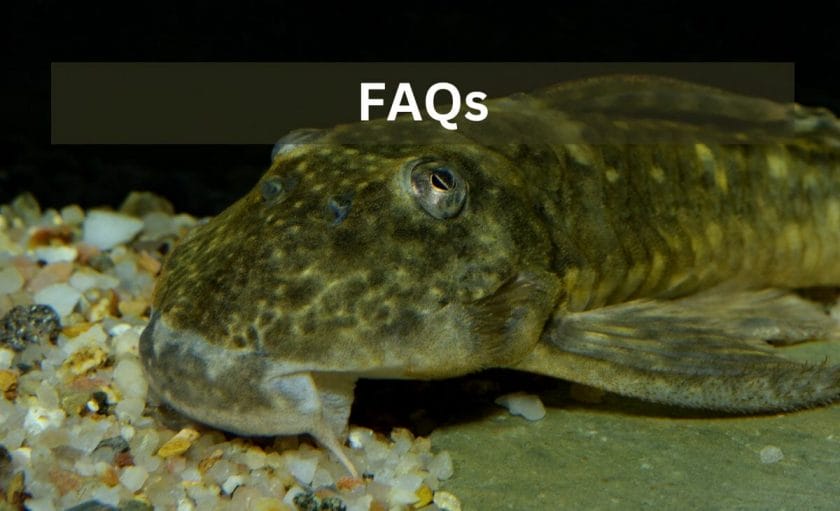
Will Plecos Eat Other Fish?
Plecos will eat or attack other slow-moving, bottom-dwelling fish given the chance, usually any type of fish fry that cannot swim away quickly. They are territorial by nature and will tend to be more aggressive when they are stressed or mating.
Will Plecos Eat Regular Fish Food?
Plecos will eat regular fish food, since most species are omnivorous, meaning they’ll eat just about anything. Of course, their access to this food is limited, since they dwell on the bottom of the tank and will be competing with other top-swimming fish for resources.
Conclusion
Plecos are great tankmates for many community tanks, but it’s important that you feed them just as you would with any other fish. A varied diet goes a long way toward preserving their health and well-being.
Make sure you check out the article above to see some of the best and most practical foods I recommend, as well as some useful information about pleco diets!